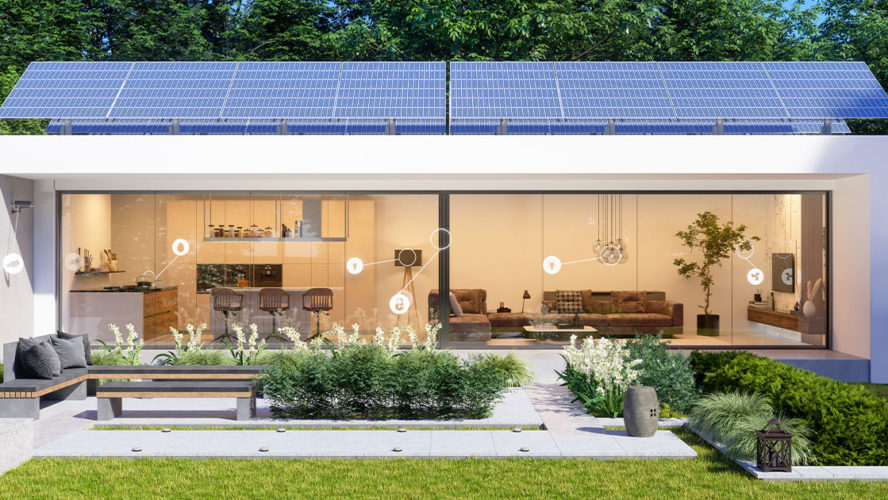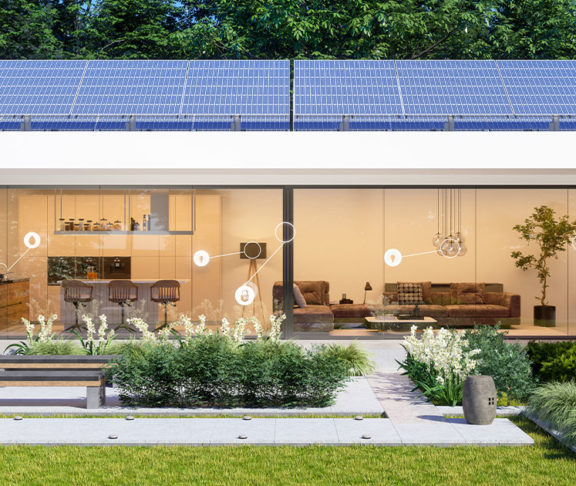Homeowners should take advantage of the rapidly emerging smart home technologies to make their lives more safe, healthy, and comfortable.
“A smart home is a healthy home” is a phrase we’ll hear increasingly in the months and years ahead. With the advent of the COVID-19 pandemic, people are spending more time in their homes. They want it to feel like a safe haven in contrast to the outside world with all its uncertainties. With the power of smart technology, homeowners can monitor environmental influences on their physical, emotional, and social health.
How homeowners can improve their health with smart technology
“Start by looking at solutions that make your life easier or more pleasurable – or make your home feel safer, comfortable, and more energy-efficient,” Jason Lutz said. Lutz is the Industry Affairs Leader at Resideo. He continued by giving the following examples.
Upgrade air purification: Ultraviolet air purifiers can remove some harmful airborne contaminants passing by them in a home’s HVAC ductwork. While there are not any indoor air quality products on the market that are proven to be effective to protect you against contracting any respiratory virus, there are ways to reduce the amount of airborne contaminants.
Create a comfortable environment: As the seasons change, maintaining the proper temperature and humidity within your home can become a balancing act. Consider upgrading to a smart thermostat with a smart room sensor that can deliver the right temperature to the right rooms at the right time. Or a whole-home dehumidification system that can remove as many as 120 pints of moisture a day.
Personal emergency response systems (PERS) considerations: With some of the COVID-19 exposure concerns in assisted living facilities, we are seeing aging relatives staying in the home longer. For example, we’re seeing a resurgence of remote panic buttons and expanded life safety offerings. Additionally, more people are using sensors to monitor activity – such as a notification when a resident unexpectedly leaves the home.
Monitor open doors and windows: For those with a security system, using an existing contact and a remote service you can track if you leave a window or door open by mistake, which could lead to seasonal allergens coming indoors and wasted energy resources.
Special considerations when implementing smart technology
John Loud is the President of Loud Security Systems. “There are a ton of platforms out there and they are not all compatible,” Loud said.
“While things are getting better, smart devices still exist in a bit of a ‘Wild West’ format. My suggestion would be to look at products that are open architecture. The last thing anyone wants to do is spend money on a system that won’t work with their phone or doesn’t have a tie-in to other features that they like,” Loud said.
Overall, the advice from smart technology experts is to jump in while the water is warm. The more you know about how your home consumes resources, the better equipped you’ll be to help conserve those resources and have a more comfortable home life.

